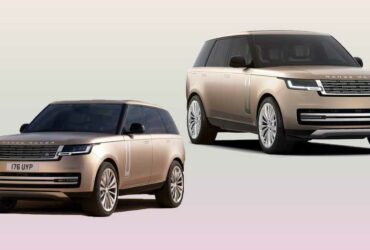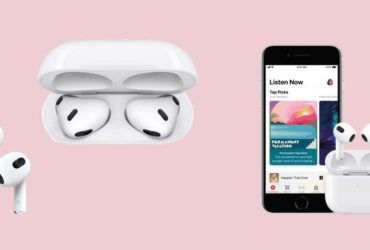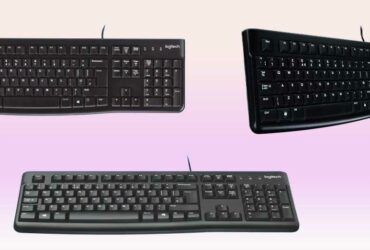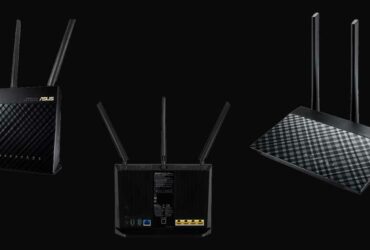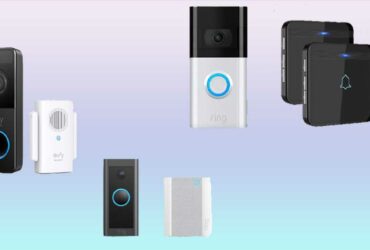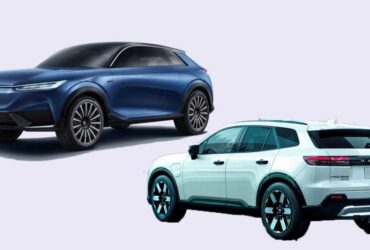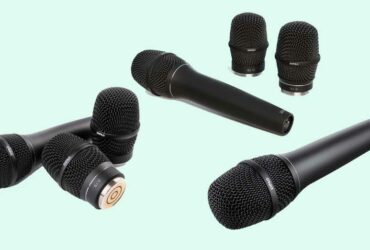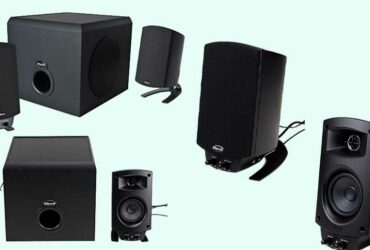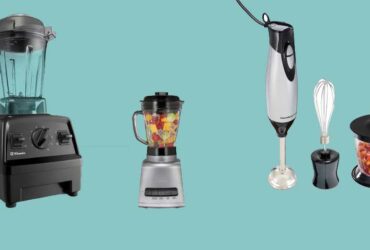The Apple iPhone 13 is already available, and it’s the most entry-level, mainstream model that will represent Apple’s image in the range of phones for 2021.
The entry-level iPhone 13 will have two variations, like to last year: a larger 6.1-inch “normal” model and a smaller 5.4-inch iPhone 13 Mini. Brighter than in past years, the screen is an OLED panel, but it has metal on both sides sandwiched between two pieces of glass.
For phones purchased through carriers, Apple is providing a discount of approximately 53,000 Kyat ($30), however the iPhone 13 and iPhone 13 Mini will begin selling at prices of over 14,700,000 Myanmar Kyat ($829) and almost 13,000 Kyat ($729), respectively.
Apple adds 128GB for both models, expanding the available storage options for this year’s models. It will come with 256GB and 512GB storage options. The iPhone 13 and 13 Mini will be available for pre-order starting on Friday, September 17, ahead of its scheduled debut on September 24.
There won’t be many additions or modifications to the original content. The iPhone 13 is more comparable to Apple’s previous “S”-year iPhone models. Instead of major new features, it delivers modest tweaks and enhancements to the design from last year.
Unlike the greatly updated iPhone 12, the iPhone 13 is the same width as last year’s model and has a 20% smaller, narrower Face ID notch, which frees up more space on the phone’s top. Although it doesn’t quite have the same little appearance as Android’s hole-punch displays have, it’s still an improvement.
A15 Bionic offers a more superior and potent processor. According to Apple, the A15 Bionic chip outperforms the A14 Bionic in terms of speed and power efficiency. Apple claims that despite having a 6-core CPU and a 5nm processor (with two new high-performance and four high-efficiency cores), it is 50% quicker than the competition and the “fastest CPU in a smartphone.” Also, it is asserted that graphics is 30% faster than its rivals. (Yet, it isn’t made clear to whom it is compared.)
Better battery life will be available with the new iPhone 13 series. Compared to the iPhone 12 Mini, the iPhone 13 Mini will last 1.5 hours longer, and the bigger iPhone 13 will last 2.5 hours longer. Larger batteries and further software upgrades and optimizations boost the A15 Bionic’s performance.
The trickle-down camera technology from the iPhone 12 Pro Max from the previous year represents the biggest shift. The standard iPhone 13 comes equipped with the same upgraded camera that Apple debuted with its largest smartphone in 2020. The camera is 47% broader than last year and has a physically larger sensor, allowing it to collect more light in low-light conditions while producing less noise.

The new 12-megapixel wide sensor has an f/1.6 aperture and a 12-megapixel lens, while the 12-megapixel ultrawide camera has an f/2.4 aperture and a 120-degree field of view. Apple launched sensor-shift stabilization technology last year, and it will be present in the iPhone 13 and 12 Pro Max. The wide sensor is physically moved to lessen vibrations in the iPhone 13 thanks to sensor-shift stabilization technology, which Apple first introduced in the 12 Pro Max last year.
Also, “photographic profiles” will be added to the new cameras, enabling even more photo customisation to mirror the aesthetic of the images Apple debuted with the iPhone 13 Pro and Pro Max versions.
In a funny parody of Knives Out, Apple also unveiled a new “cinematic mode” for video that enables the rack focus effect to change focus within a video. When a human enters the frame (or peers at the camera) while real-time filming, cinematic mode will deftly and instantly change the focus. For more fine control, you can manually shift attention to a specific object. It will be possible to lock as well. Moreover, the front-facing camera supports the cinematic mode.Apple claims that the iPhone 12 will perform better on 5G networks and support additional bands for better 5G experiences abroad. Later this year, the business promises that 200 carriers in more than 60 nations and regions would support the iPhone.

